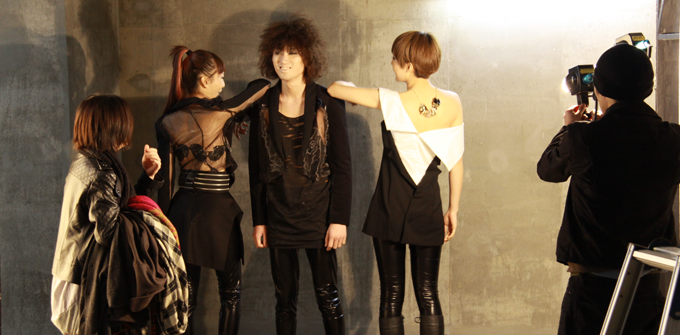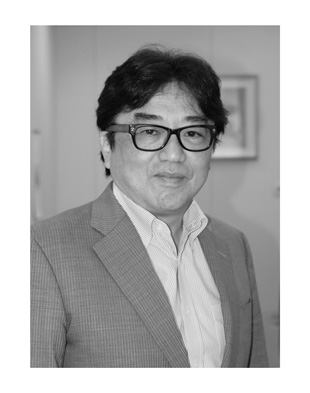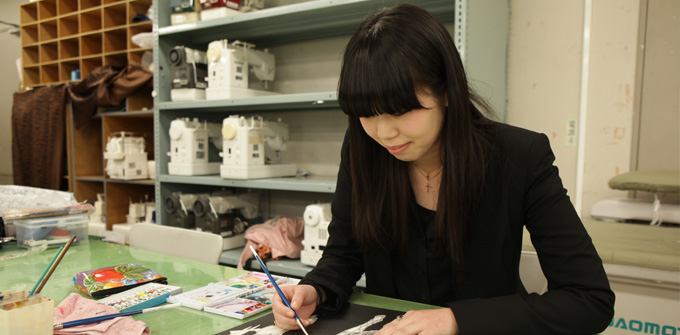As Japan fashion week rapidly approaches (October 16 – October 22) Tokyo Weekender has been given exclusive access to one of Japan’s most venerable cultural institutions: Bunka college of fashion.
The Tokyo based fashion school has trained scores of highly acclaimed Japanese and international designers over the years, many of whom now dominate the catwalks of London, New York and Paris. No other college in Asia can claim such international significance and influence on world taste.
“When the school was founded most of the female students wore kimono, they came here to learn how to made western garments for family members and their children. Back then it wasn’t really an industry, but we rapidly developed the college into a center of human resource education and the school expanded rapidly.” president Satoshi Onuma explains.
With a current student body of over 15,000 including some 1000 non-Japanese students, the designers and industry leaders of tomorrow are just beginning their careers in Bunka’s warren of classrooms and workshops.
“After WWII Japan became one of the most industrialized countries in the world. We changed into teaching more business aspects of fashion. But we still teach every student the basics of how to make clothes.”
“Today, Bunka focuses on instilling three things in our students, creativity, heritage and sustainability.”
From a distance Bunka looks like any other skyscraper in Shinjuku. A gray, steel and glass structure, which at a first glance you may well mistaken for a hospital or the headquarters of a multinational corporation, not an internationally renowned hub of creativity.
The college has its very own fashion archive: the Bunka Gakuen Museum, a publishing house and is branching out further afield offering course in partnership with colleges abroad.
“Education is not so profitable, so we have to have supporting businesses. In our museum, we try to put more effort into teaching the heritage of garments. We are also going digitally with our media, one of our websites has thousands of pages devoted to fashion.”
The creativity of the college is unleashed on the annual “culture day” when students hold a fashion show attracting around up to 20,000 visitors each year. Onuma says that through collaborative activites such as this students gain the skills needed for success outside of the college.
“We have all the resources to create a professional fashion show, from designers and models to media production. We try and bring students from different backgrounds together to do the show, through this we teach them to respect one another.”
Post 3/11, designers from all disciplines are thinking more about sustainability and president Onuma takes this issue very seriously, after all most Japan-designed, high-street fashion is manufactured in the developing world.
“In order for people to enjoy fashion, countries need to be developed to a certain level. I think this world is a wonderful place, if we can teach every graduate to look after the environment, then each person can extend the time we have on earth by a little bit.”
A passionate and professional educator, Onuma points out that inspiration is not only for fashion designers, we can all learn from nature and human history but he is quick to point out that knowledge and skills are not enough.
“One of the worst things you can do is educate without ethics. Ethics are as important as good design technique in educating students. It is very important to instil some kind of wisdom in students.”
In the past fifty years Bunka has educated the likes of Junko Koshino, Yohji Yamamoto, Kenzo and more recently Nigo and Jun Takahashi. These are no ordinary alumni: across the world opinions of Japanese culture are based upon the public’s ephemeral contact with the works of these designers.
Ask a teenager in London of L.A. and they may not know much of Kyoto architecture or Shinto ritual but they can probably name a dozen Japanese fashion designers and may even own pieces of clothing bearing the brands Y3, Undercover or A Bathing Ape, all of which contain the DNA of Bunka.
“Bunka is famous for creating good designers, but most people don’t realize we’re very good at creating marketers and good pattern makers too (basic drawings for producing garments) it’s a very important, though often hidden process…We say, not everyone can become a famous designer, we have produced over 300,000 graduates since 1919. So I say maybe only one in 10,000 can make it. But we must remember, if there is only design, there are no garments; we need pattern makers and factories too…Today, clothes are not even made in one single country, so it has never been more important to learn about collaboration with people across the world.”
Onuma is busy preparing for his trip to the annual IFFTI conference (International Foundation of Fashion Technology Institutes), a meeting of design schools from across the world, which will be held next year at India’s Pearl Academy of Fashion in Jaipur—a region key to global manufacturing.
“Sustainability is a key issue for educators,” he says. “When I was a kid, pollution was very local, now it is global. We can’t ignore it anymore.”
Bunka Fashion College,
Annual Culture Day is on November 3.
3-22-1, Yoyogi,Shibuya-ku,Tokyo ,151-8522
Tel: 03-3299-2216
www.bunka-fc.ac.jp












